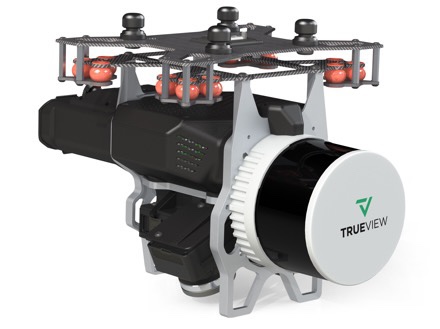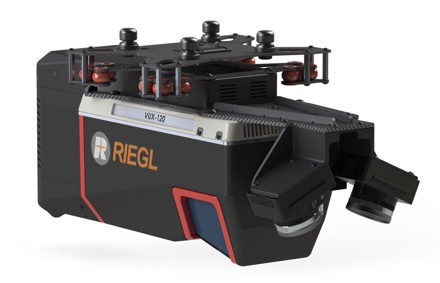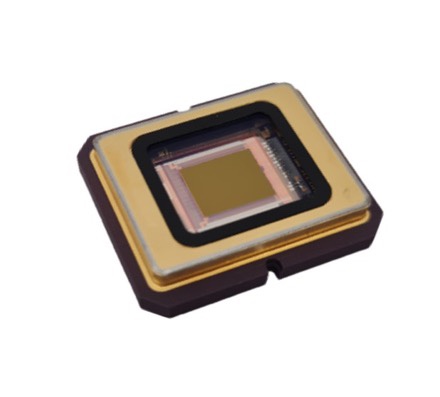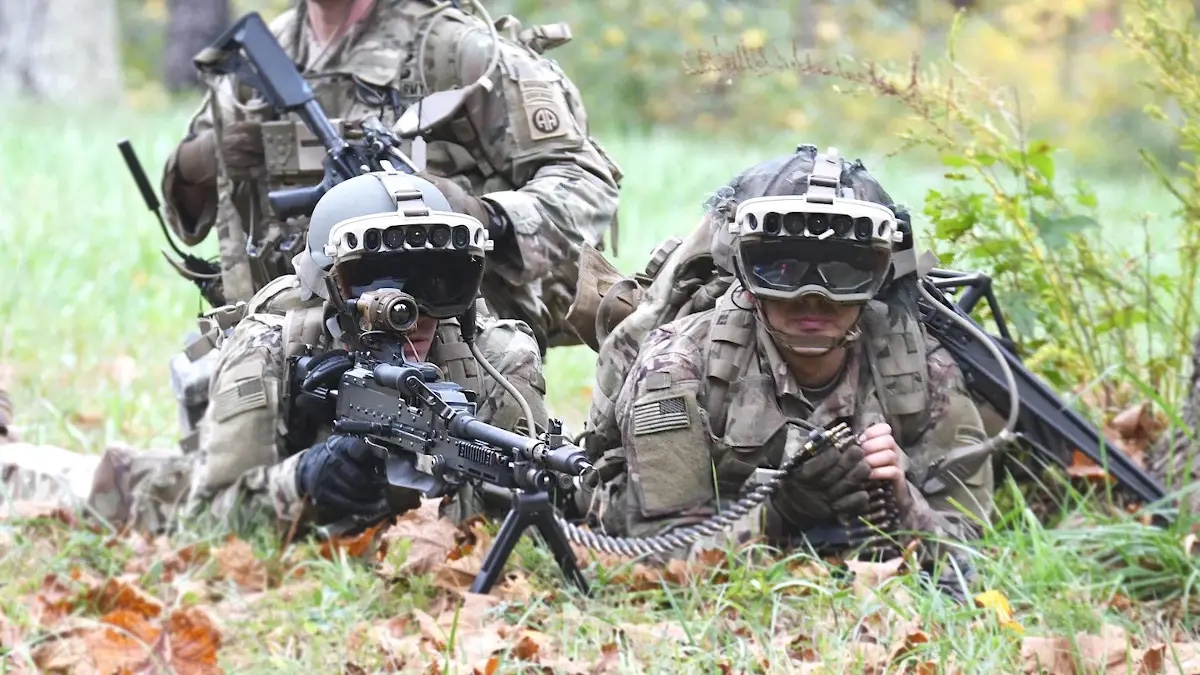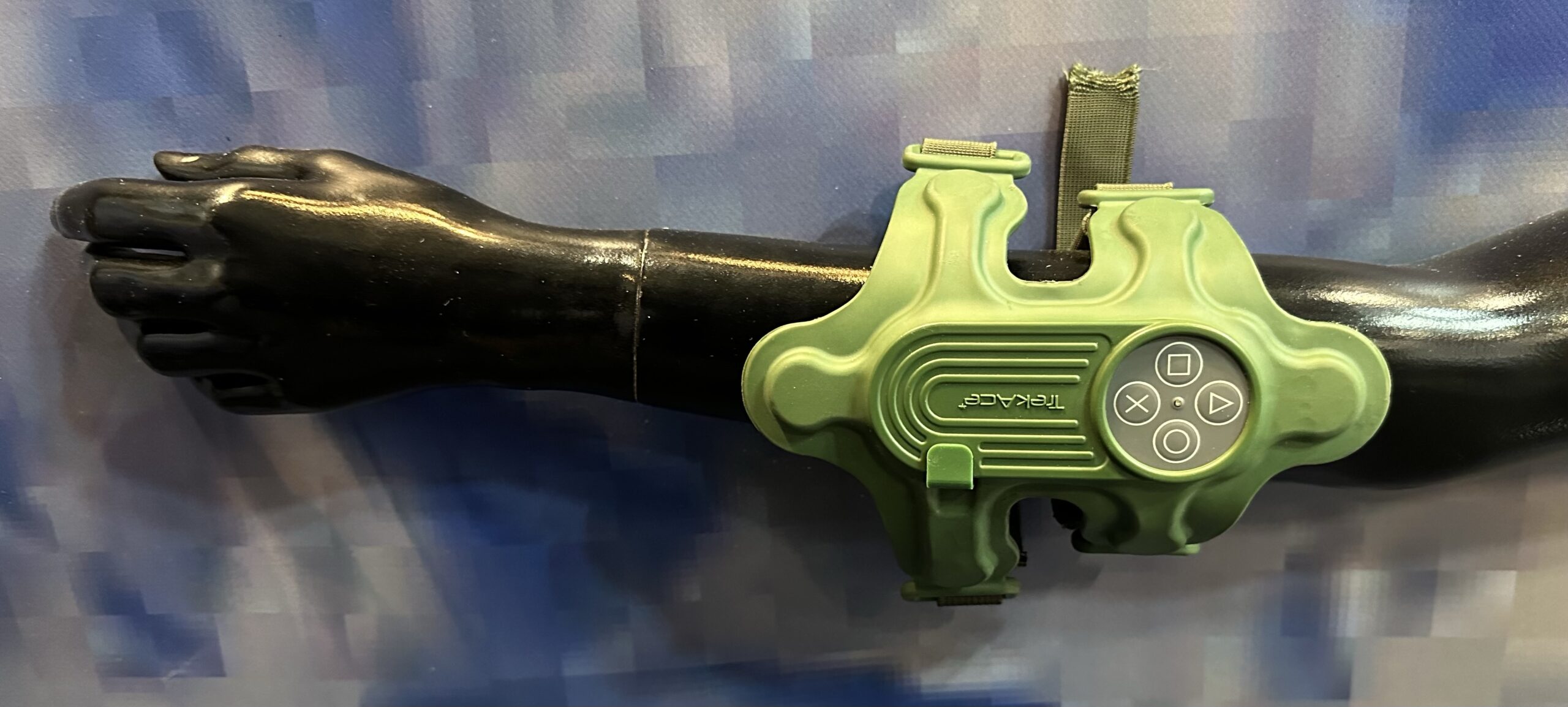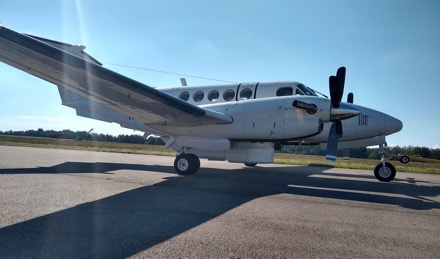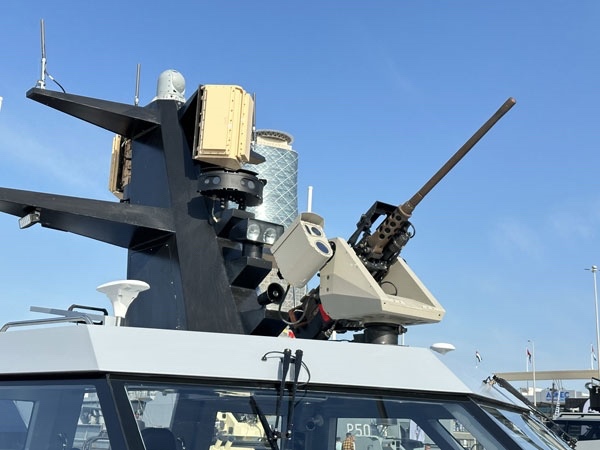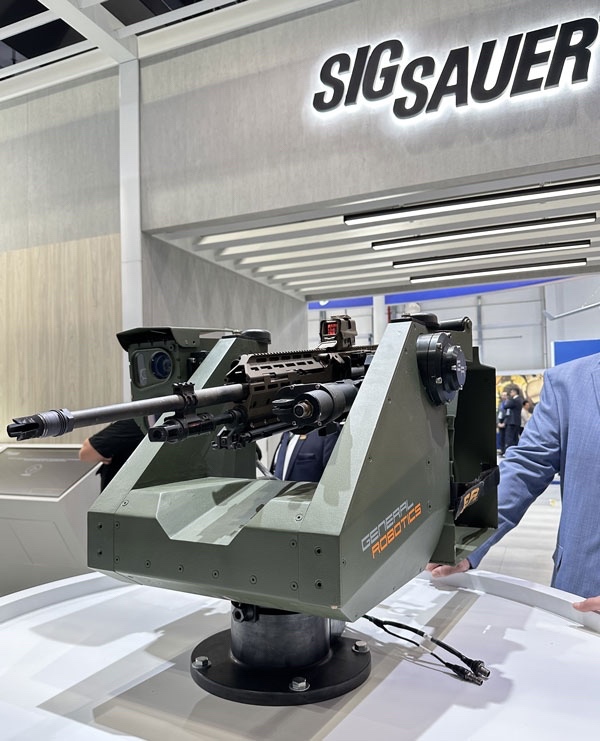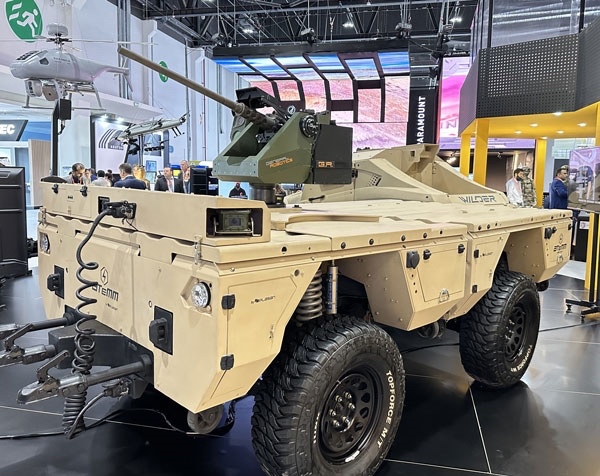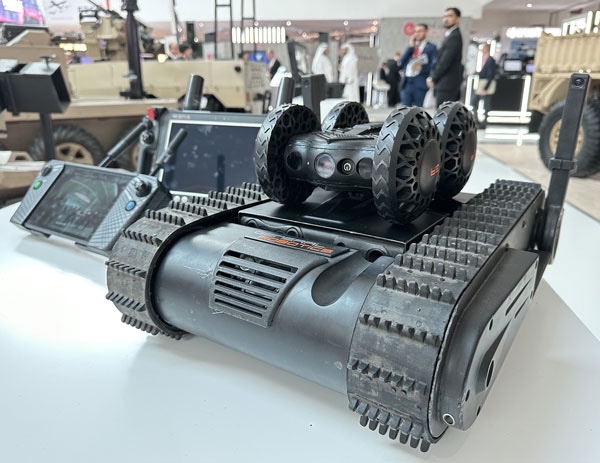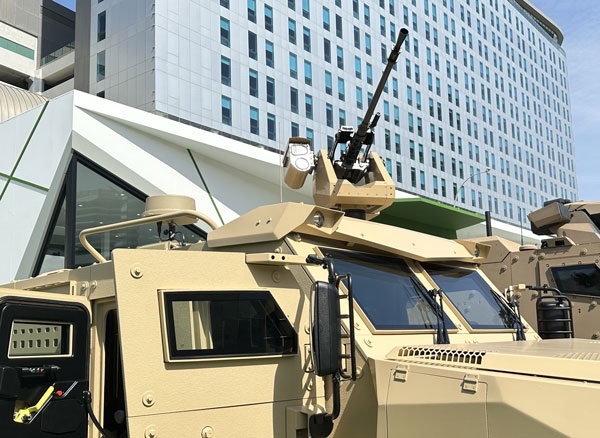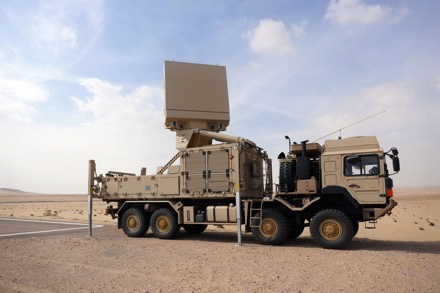Company that Launched The World’s First Quadcopter Drone Announces The New Standard For Drone LiDAR
May 9, 2023
Denver, CO- From the floor of Xponential, drone surveying pioneer Microdrones announced an entirely new drone platform built around the demands of geospatial professionals. Vivien Heriard-Dubreuil, CEO of Microdrones explains “We’re excited to announce this new drone platform that prioritizes three key areas: transportability, a simple control interface and ease of use.”
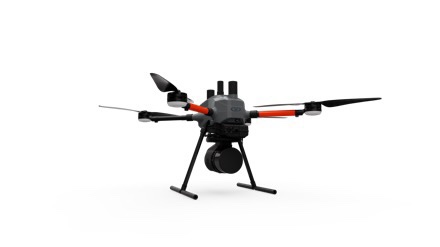
Xponential participants crowded the Microdrones booth for a closer look. “This is EasyOne,” said Frank Darmayan, company CTO, as he pointed to the display. “It fits in a case that’s about two and a half feet long and a foot and a half wide and deep. The mdCockpit mission planning screen is fully integrated into the RC. All sensitive onboard electronics are designed, manufactured and assembled in Germany. It’s just as powerful and capable as our legacy systems but it’s even easier to use.”

EasyOne is an optimized and fully integrated drone system that will provide the lifting power to carry Microdrones LiDAR and photogrammetry surveying equipment. It improves upon the company’s legacy drones in three key areas:
EasyOne is Easier to Transport.
EasyOne features a significantly smaller operational form factor with the same payload capacity of the md4-1000 platform. In addition to a smaller operational form factor, the EasyOne packs down even smaller, fitting the drone, remote, charger, two batteries and the payload into a protective storage case that’s small and light enough to bring anywhere.
EasyOne has an Improved RC Controller and mdCockpit Interface.
EasyOne will feature an entirely new controller design that provides an enhanced user interface and safety features.
• Combined device and integrated remote control- the RC and tablet are one integrated control unit.
• FPV available directly on the remote
EasyOne is easy to use.
Heriard-Dubreuil explains, “We want to make it even easier for geospatial professionals to adopt this technology and make it a part of their daily work. We offer complete systems to plan flights, fly data collection in the field, process data and then visualize it for better decision making. You are getting a fully integrated package from one company; it includes the drone, RC, mdCockpit flight planning software, survey LiDAR+ imagery payload, LP360 data processing software, workflow, training, and support. EasyOne is the complete package.”
Vincent Legrand, Vice President of Global Sales adds, “Plus, as part of the EasyOne lineup customers can take advantage of the all-new Easy Replacement Program. Should you have an accident or problem in the field, this program gets you up and running with an EasyOne replacement in a timely manner.”
True to its promise, Microdrones offers fully integrated systems and it launches the new aircraft platform in North America with three fully integrated LiDAR sensor options to meet your needs.
Designed and assembled in the USA and Germany, Microdrones technology, firmware, software and workflow developed and refined since 2006 is used with the new airframe to provide:
• new autopilot integrated into a single board- this means less cabling, less weight, more compactness and less risk of connection-related failures and better electromagnetic compatibility.
• Additional sensors to improve safety and awareness
• mdCockpit software ecosystem for mission planning and control directly integrated into the RC
• EasyOne is certified as a “Remote Identification Unmanned Aircraft” following FAA 14 CFR Part 89.
• payload connection/communication quick-connect
• real time terrain follow
According to Legrand, “Responsible sourcing is becoming increasingly important for many of our government customers. For these institutions, we will soon offer NDAA-compliant EasyOne systems that take our responsible sourcing to an even higher level, with RC and sensor sourcing options that are exclusively NDAA compliant. We are in process for Green UAS Certification.”
To learn more about these new EasyOne systems and their capabilities, visit the links above or schedule time to talk with your Microdrones sales team by completing this form.


